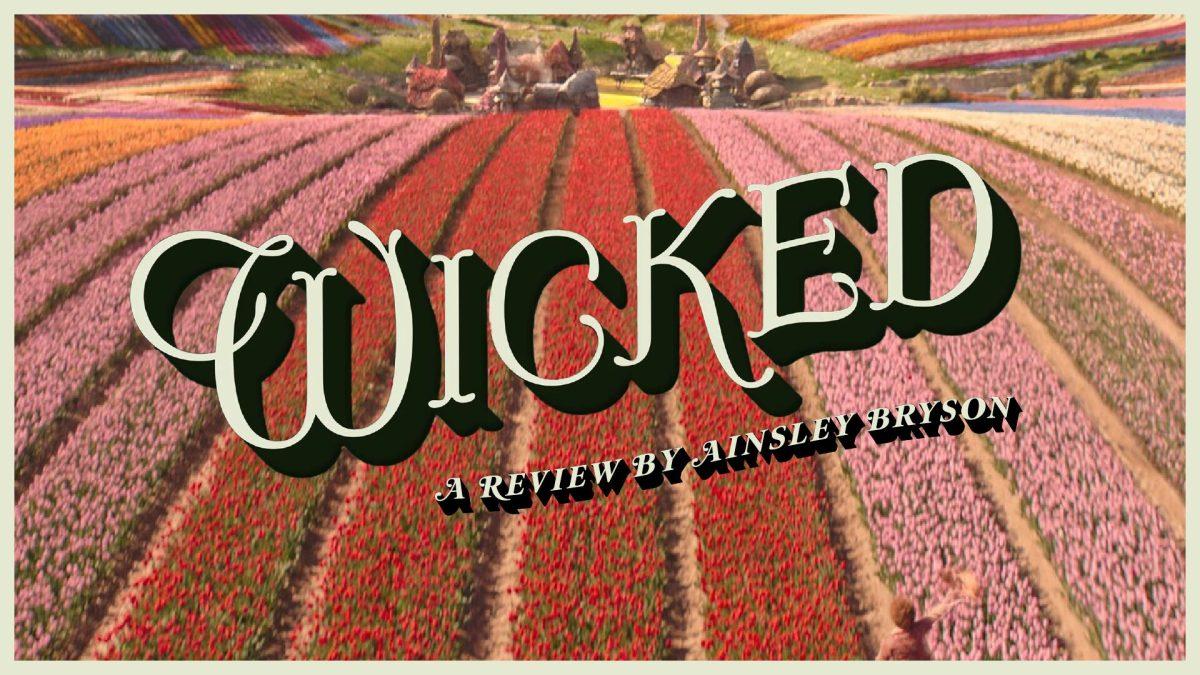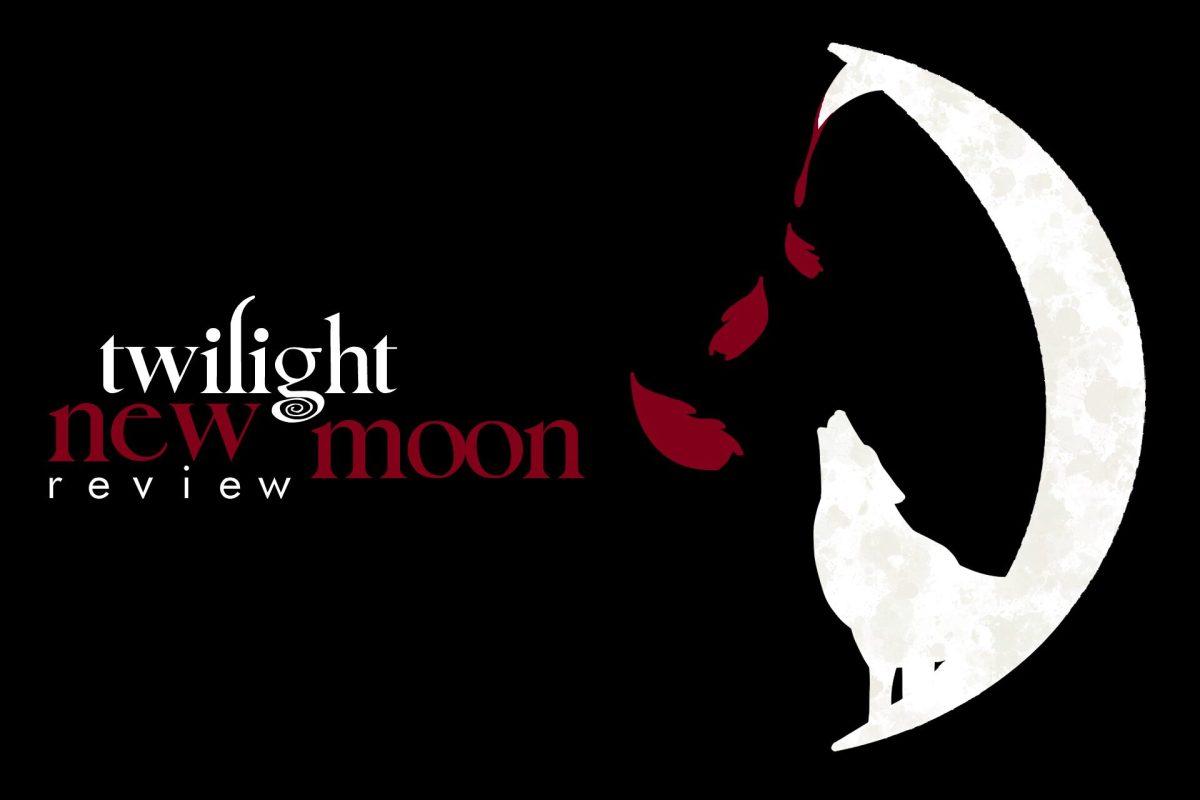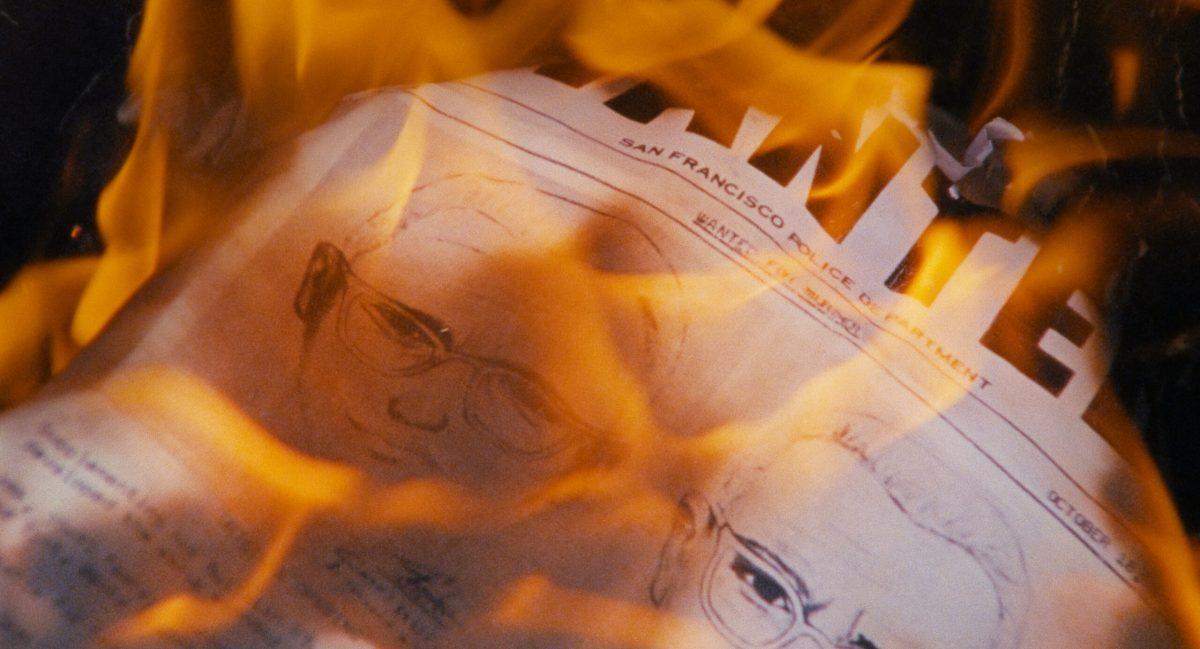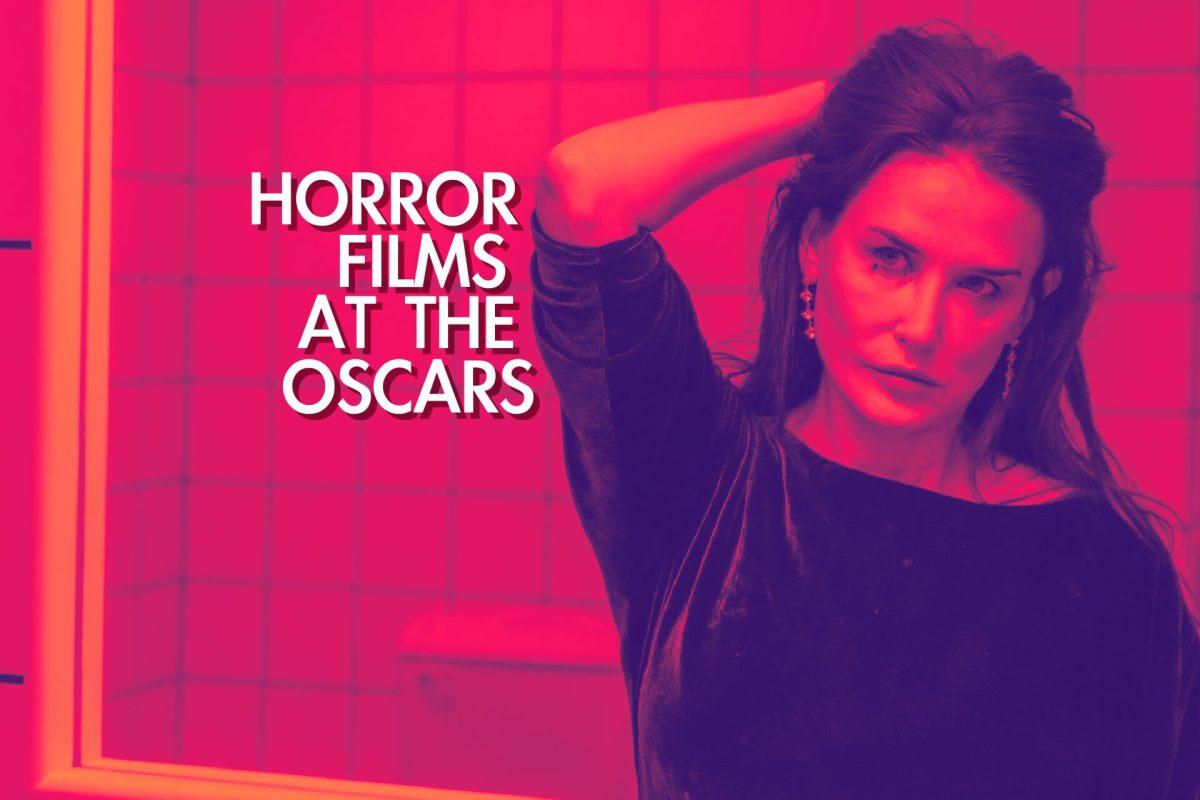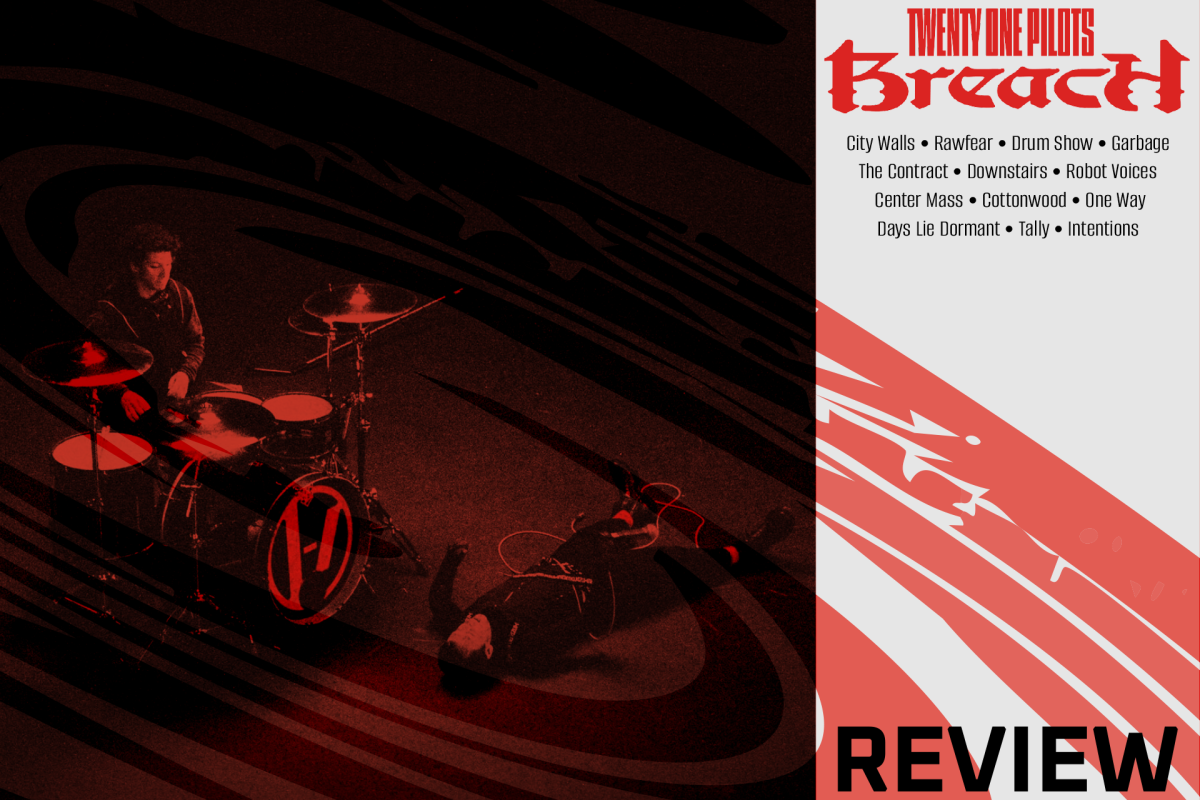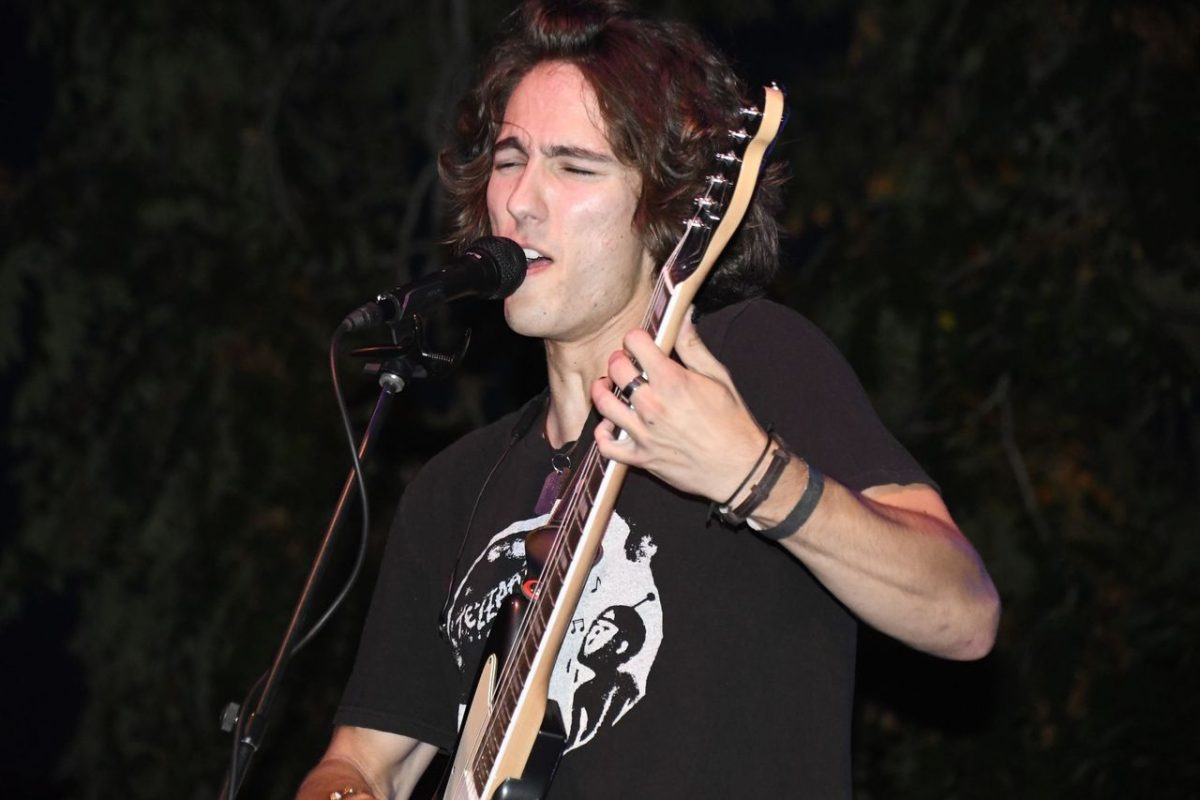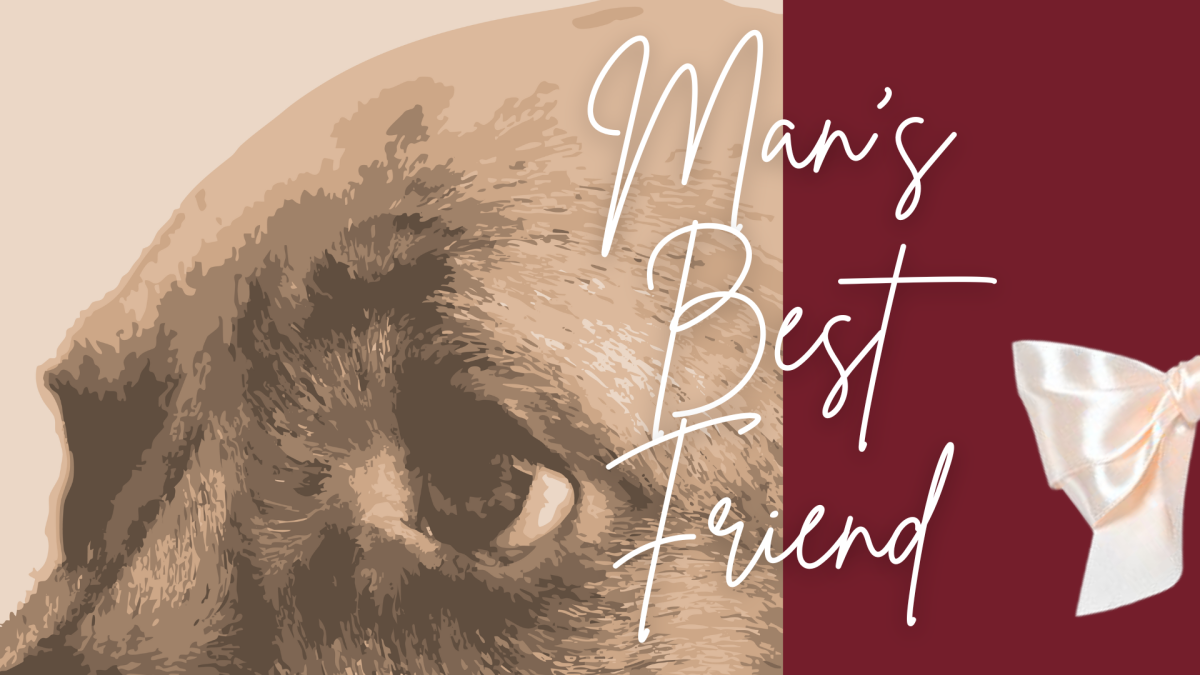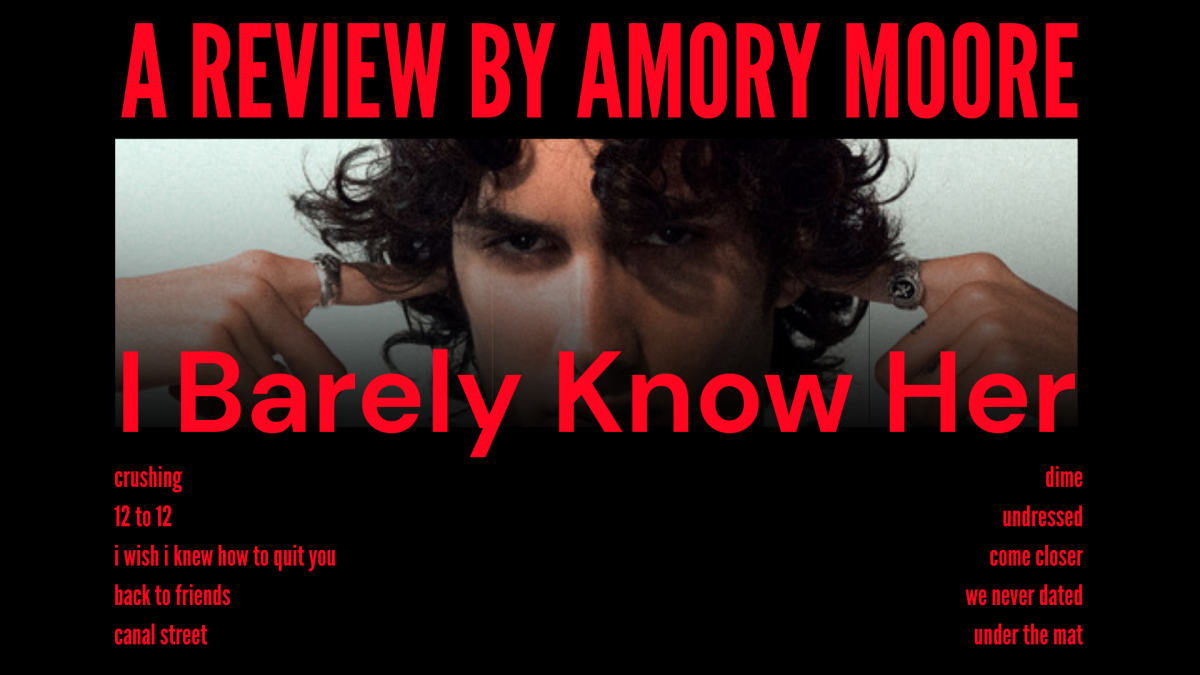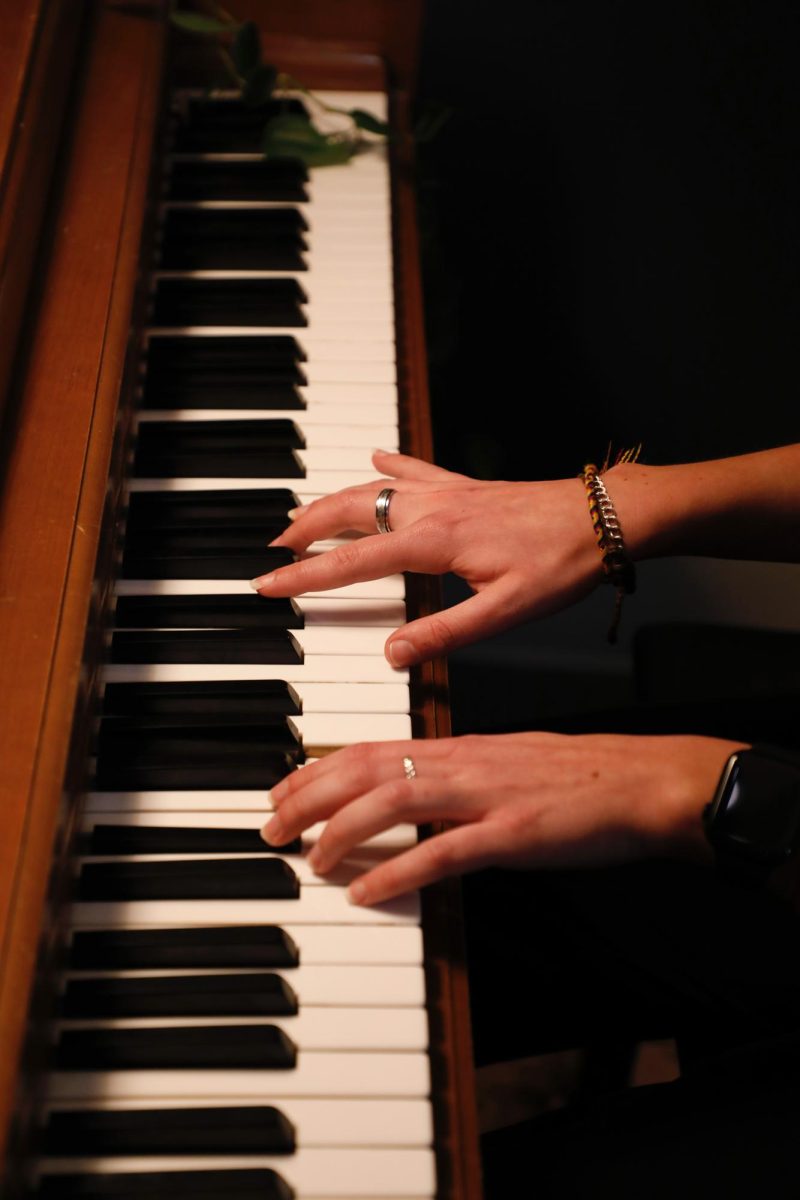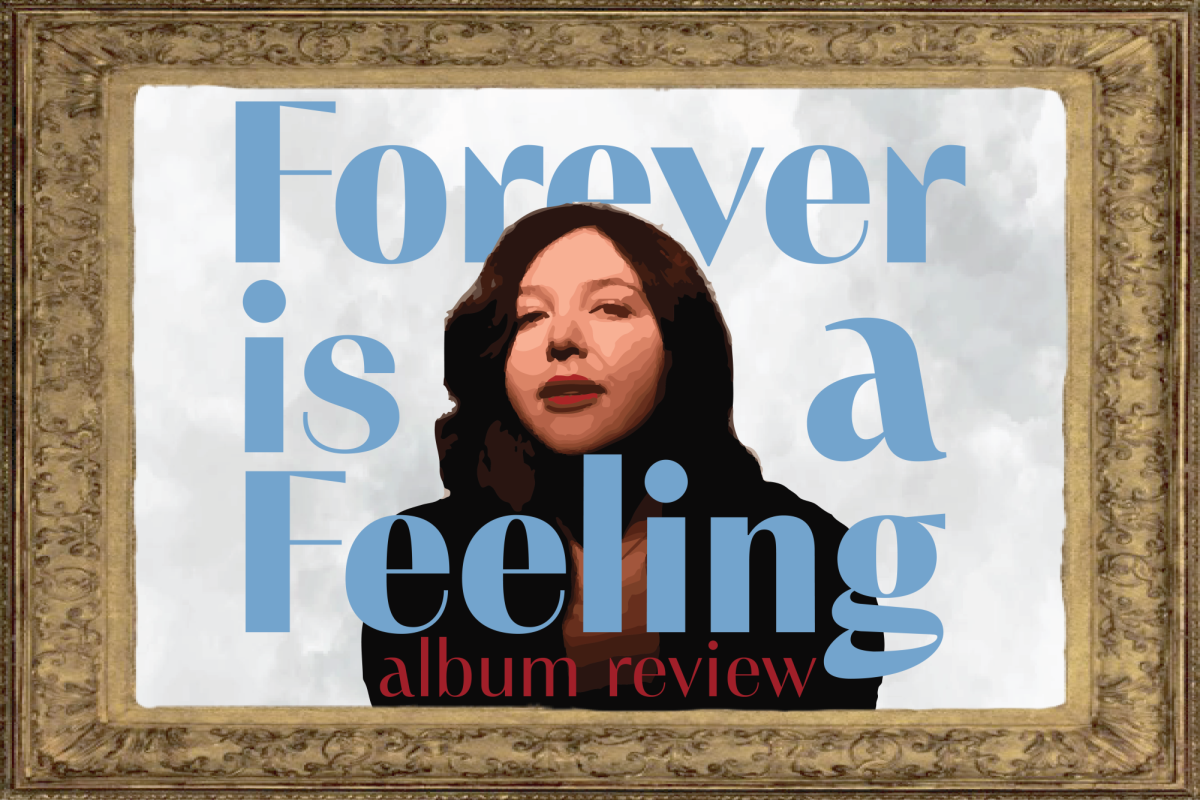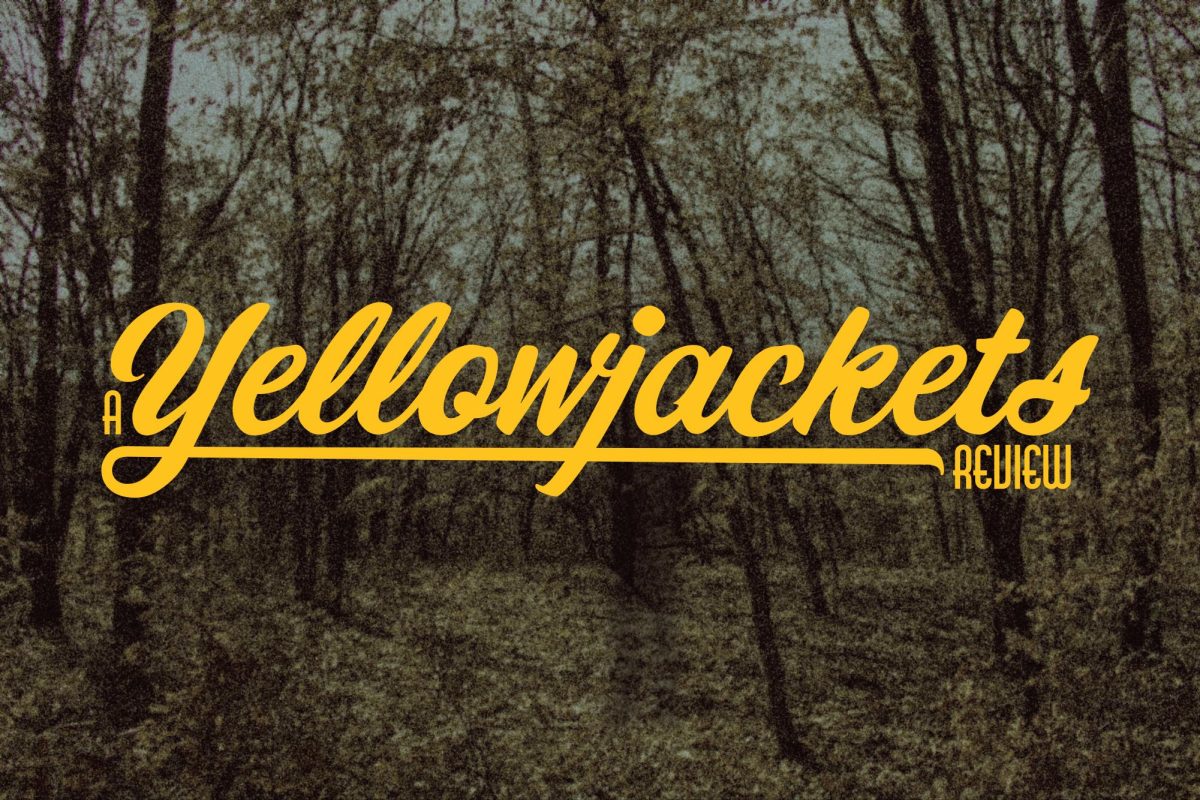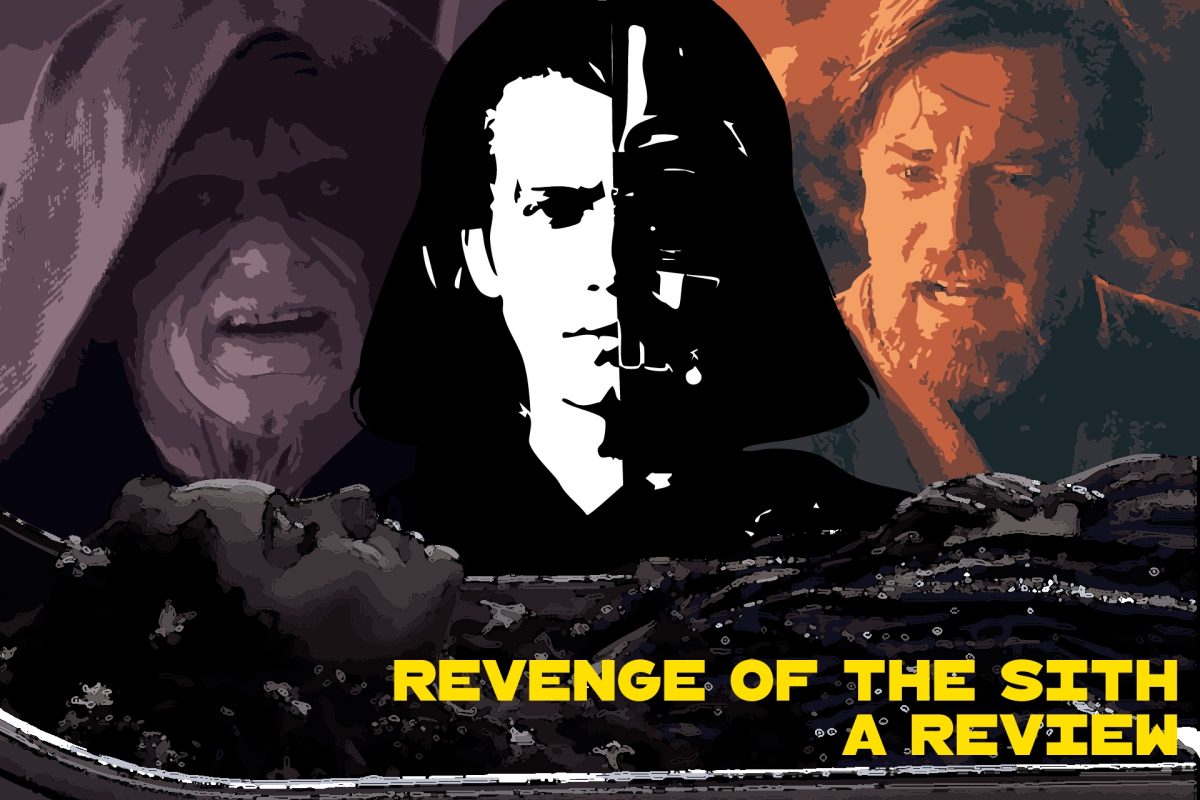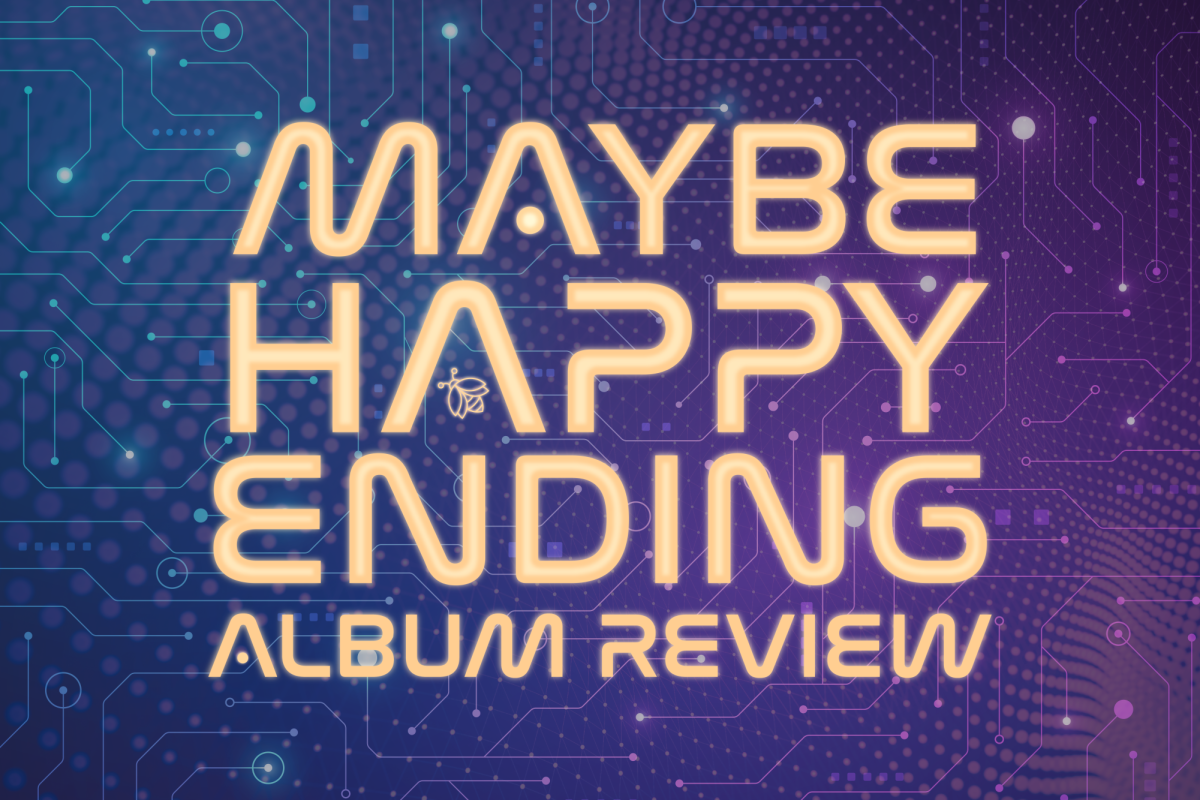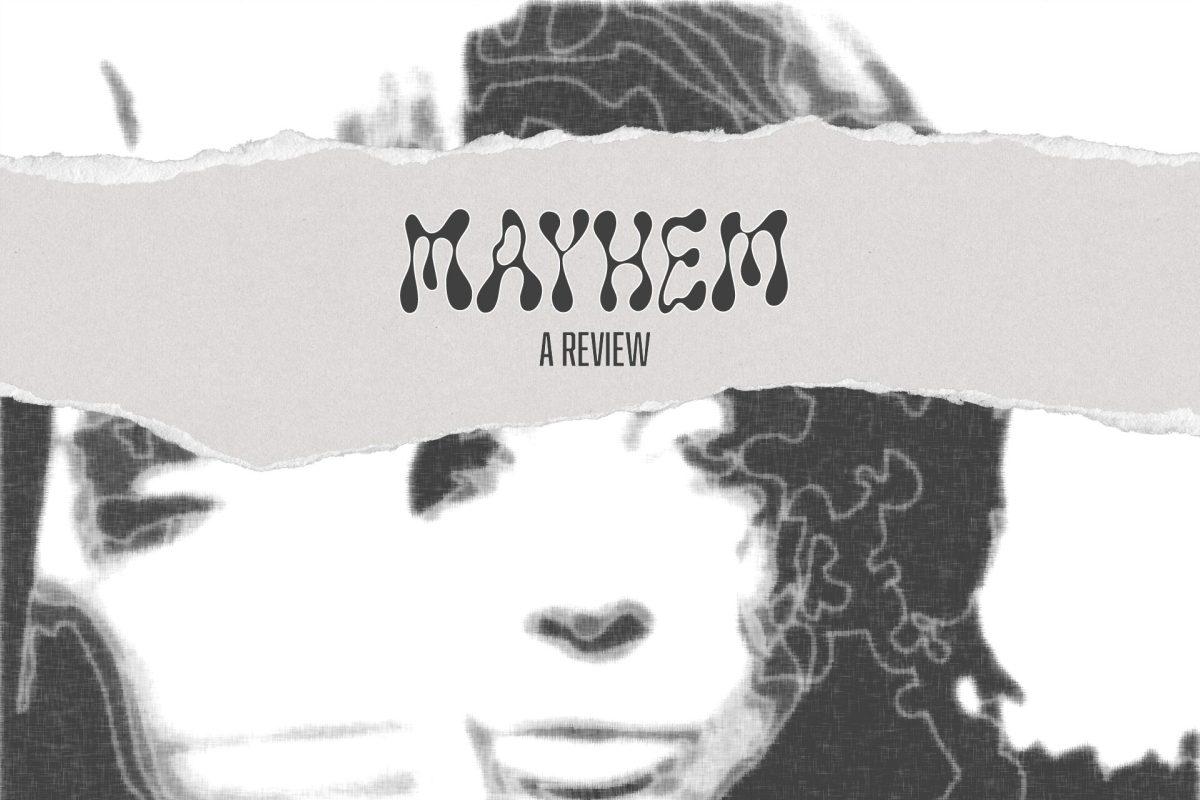Don’t let the 2 hour, 40 minute runtime scare you; the tangible, absorbing extravagance of “Wicked” is what makes this the movie of the year
On Nov. 22, the magic of director Jon M. Chu’s “Wicked” graced movie theaters across the country, demonstrating to audiences the sheer power of musical theater and providing an incredible representation of what a movie musical should be.
After seeing “Wicked,” it is obvious how every choice — casting, vocal, direction, choreography, line delivery and characterization — harmoniously came together to honor the original vision of the story’s creators while pushing it into a larger, timeless context.
“Wicked” joins several other iconic pieces of media in the Wizard of Oz universe, all variations of author L. Frank Baum’s iconic 1900 book “The Wonderful Wizard of Oz.” This whimsical screen adaptation imagines the lives of the witchy Elphaba Thropp AKA The Wicked Witch of the West played by Cynthia Erivo, the misunderstood antagonist, and sorceress Galinda Upland AKA Glinda the Good Witch played by Ariana Grande, the adulated protagonist of the original tale.
Chu’s “Wicked” follows the Act One plot of the critically-acclaimed Broadway musical emphatically. The movie opens with “No One Mourns the Wicked,” a hauntingly joyful tune. The song surrounds the citizens of Munchkinland’s celebration as Glinda the Good Witch proclaims The Wicked Witch of the West’s death, serving as a glimpse into the future of Oz and what remains of Galinda and Elphaba’s relationship.
From here we jump to the past, where we are introduced to our witches as schoolgirls forced to room together at Shiz University, the most distinguished institution of higher education in the Land of Oz. There appears to be no hope at first for brainy, powerful, estranged Elphaba and bubbly, charming, perfect Galinda until a moment of captivating vulnerability and the catchy “Popular” give way to a sisterly bond between the two.
Themes of social justice, power and propaganda, self-acceptance and, of course, good versus evil underscore the rest of the film. Elphaba the advocate remains dedicated to liberating the endangered animals of Oz alongside goat professor Dr. Dillamond, played by Peter Dinklage. Elphaba is also determined to fine-tune her magical powers in private lessons with Madame Morrible, played by Michelle Yeoh.
Amidst the chaos of the beginning of the school year, the students of Shiz get wind that they’re expecting a new student. Prince Fiyero of Winkie Country, performed by Jonathan Bailey, arrives at Shiz as the prom king to Galinda’s prom queen and Elphaba’s silent ally who sees beyond her appearance. As Elphaba pines for him silently, she wrestles with her desire to conform and her fundamental inability to do so.
As the story progresses, dazzling eruptions into musical numbers and charmingly comedic one-liners transform this musical into a tale of an oppressive regime with gut-wrenching power ballads – thank you “Defying Gravity”. Ultimately, this reveals to the audience the depth of female friendship and the cost of self-preservation in the name of moral goodness.
Across the board, Chu’s casting choices proved intentional and well-assigned.
Erivo plays Elphaba with an abounding tenacity and an extremely palpable pain. Elphaba’s entire storyline is centered around an existence of being othered for one’s skin tone; she is rejected by her father, Governor Thropp played by Andy Nyman, shamed by her sister, Nessarose Thropp portrayed by Marissa Bode, and ridiculed by her peers — yet she consistently chooses resilience. While the movie chose not to explicitly address race, Erivo’s own “Black identity” fleshes out Elphaba’s lived reality in a beautiful, thought-provoking way.
Throughout the movie, Erivo and Chu work together masterfully, using voice and camerawork to illustrate Elphaba’s character arc. An exquisite example of this is in “The Wizard and I,” where listeners can hear Erivo’s excitement as her colorful timbre gives way to more breathy vocalizations. The camerawork is swooping, flighty and zooming, capturing the intricate grandeur of Shiz University and a seemingly endless field of multicolored tulips that brush the horizon. This scene is bursting with anticipation for Elphaba’s chance at greatness and teeming with opportunity.
Make no mistake, Erivo’s Elphaba is powerful. Not wicked.
Grande’s chemistry with Erivo is riveting and utterly convincing. Throughout the movie, the audience watches Grande’s Galinda wrestle with the idea of being morally good versus good for the social systems in Oz — systems that continuously fail her bestie Elphaba.
Grande and Chu purposefully do a poor job of hiding Galinda’s desperation for institutional praise — which makes moments when Elphaba breaks through all the more moving. Occasionally, in Galinda’s quieter moments, Grande is caught with a plain, almost distasteful expression of restrained self-loathing, signifying her internal battle and insecurities, which contrasts delightfully with her colorful, operatic singing voice.
Grande’s subtleties accompanied by her flawless vocals and the art of film gives Galinda room to breathe. With Grande, Galinda is allowed to progress far past an over-saturated, innocently cartoonish interpretation of the Good Witch and into a complex and multidimensional human who, despite her best efforts, cannot completely conceal her wicked tendencies.
Other noteworthy casting choices lie in Bailey as Prince Fiyero, Jeff Goldblum as the Wizard of Oz and Bode as Nessarose. Bailey’s Fiyero was sickeningly charming, and his discernible empathy for Elphaba’s cause sets up their relationship arc nicely for “Wicked:” Part Two. Goldblum, ever the wiseman, expertly humanized the Wizard’s character in a way that made “A Sentimental Man” actually tolerable to listen to. Bode made history as the first disabled actress to play Nessarose, and in a TikTok posted to her page, she urged fans of the movie to remember that her “disability is not fictional,” and spoke out against the ableist jokes some fans are making after seeing “Wicked.”
Another standout was Bowen Yang as Pfannee, whose comedic timing and sarcastic tone was perfect for one of Galinda’s mischievous minions.
In “Wicked,”the set and costume design work together to transport the viewer from their seat in a movie theater right into the Land of Oz.
The kicker?
The set was real. Everything from the whimsically romantic trees of the Ozian woods, the gleaming, Frank Lloyd Wright-inspired cityscape, the nine-million-bulb tulip field and yellow brick road to the 50 ton and the fully actualized train that Galinda and Elphaba ride into the Emerald City.
In a digital landscape so overwhelmed with computer-generated imagery, it was refreshing and inspiring to experience the level of extravagant artistry “Wicked” was dedicated to.
In a recent interview with Architectural Digest, “Wicked” production designer Nathan Crowley explained that CGI distances an audience while real architecture connects them to it. The set was a breathtaking homage to the authenticity of a stage production. It was entirely successful in challenging viewers’ imaginations and bringing them so much further into the Land of Oz than previous adaptations have done.
Where production strived to defy expectations, the film’s costumes honored the beloved “Wicked” characters in instantly recognizable outfits that remained true to their iconic images.
While costume designer Paul Tazewell expertly played with eye-catching textures in his designs, the colors and shapes of pieces like Glinda’s gauzy, pink bubble dress and Elphaba’s groundbreaking witch ensemble —pointy hat, flowing cape and prickly broom — stirred up feelings of nostalgia for the 1939 film “The Wizard of Oz.”
All in all, “Wicked” was a masterpiece in an abundance of ways. Underneath the sparkling set, brilliantly over-the-top dance numbers and stellar acting, this movie communicates an important message: everybody has wickedness within them. We are all capable of making good and bad decisions that have repercussions far greater than ourselves. You don’t need to be a die-hard fan to feel emotionally moved by this message and this artwork, but long-time “Wicked” lovers will also feel right at home in Chu, Grande and Erivo’s “wonder-ific” creation.
Edited by Molly Levine | [email protected]
Copyedited by Jackson Cooper and Emma Short | [email protected]
Edited by Emily Skidmore | [email protected]


